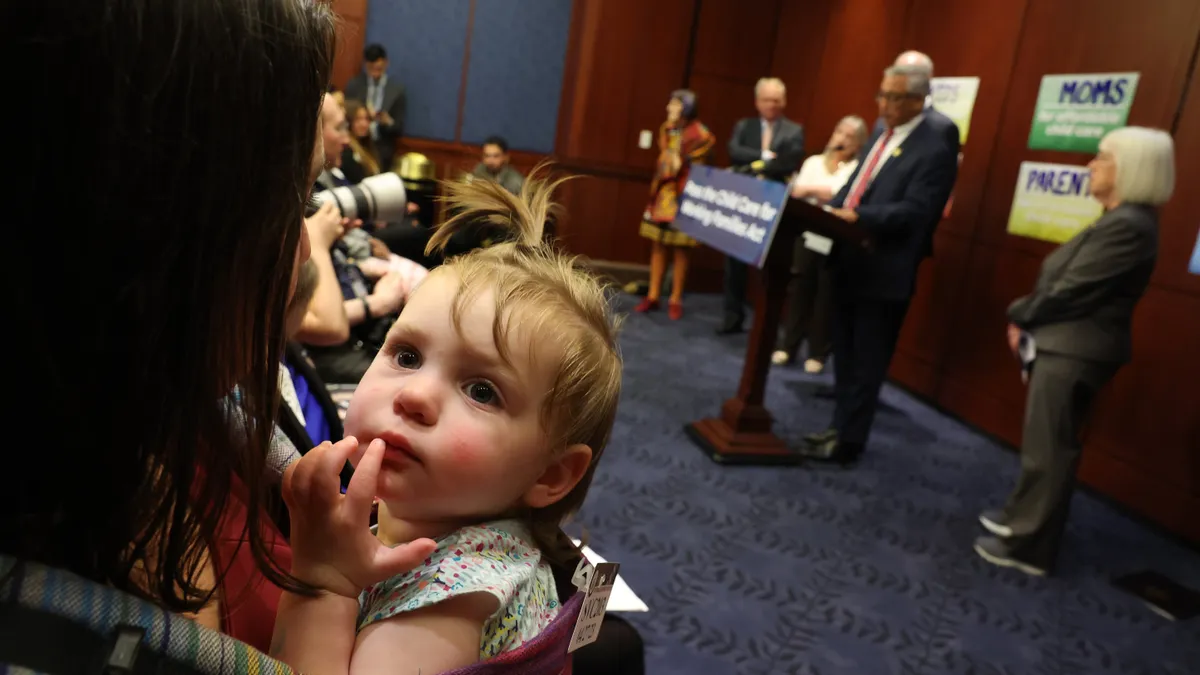Open enrollment: The same stress as the rest of the year, multiplied by a factor of 10.
The strategy planning, the tech buying and (we hope) the first talks with employees have long passed. Now it’s just about surviving one of the busiest periods HR executives face.
Worried? Don’t be. We spoke to some benefits experts on what to remember to get through Open Enrollment 2017 in one piece.
1. Have a real plan with objectives, not vague goals.
What does success mean when it comes to enrollment? If left vague, the notion of success can seem daunting or even impossible to reach. To stave off these existential fears, ensure the plan has concrete, measurable goals, Bob Armour, chief marketing officer for Jellyvision, said.
“A plan isn’t ‘hey I wanted my employees more engaged,’” he said. “It’s ‘I want to reduce phone calls by x percent’ or ‘I want x number of employees to use my decision tool.’”
If a company is introducing its employees to a new plan, for example, it should consider precise goals that are a certain number or percentage of signups for that new plan. It’s easier to create goalposts once the end goal is known.
2. Know your audience — flaws and all.
One of the more frustrating roadblocks to open enrollment is often the employees themselves.
“People generally think they know more about benefits than they actually do,” Matthew Owenby, CHRO at Aflac, told HR Dive. Employees assume they have enough knowledge to get by, when in actuality they are leaving an average of $750 on the table due to misallocation of funds or not planning appropriately.
To reach even the most stubborn individuals, successful HR departments segment their audience like a marketer would, Armour said. Even within generations, differences can be vast. A young millennial will look at benefits differently than an older millennial starting a family, for example.
Whatever communication you may opt for (see below for tips on that), make sure it is continuous throughout the enrollment period. Keep reminding them to sign up. And don’t panic if some people say they forget no matter how hard you try.
“We still have people in our organization that say they forget to enroll,” Owenby said. “Get some advice from people, internally or externally, but don’t be disappointed when they say they forgot.”
3. Keep communication clear.
A good open enrollment experience relies on communication. Communicate early, often and in many forms. Ideally, benefits communication should be continuous and throughout the year.
“There’s never a month of the year where we are not having a town hall session or updating our internal Facebook page,” Owenby said.
If that’s not your policy yet, now is not a bad time to start — especially since reaching employees has only gotten more complicated in the age of the smartphone, Armour said.
“You can’t just send a piece of mail to someone anymore,” Armour added. “It’s more of a marketing challenge than an HR challenge.”
HR must also keep in mind that they have to communicate to an audience that doesn’t have much expertise (no matter what they may claim) and, ultimately, doesn’t want to be experts. Keep the jargon out, and keep the details to what it takes to get the job done.
Luckily, HR starts at an advantage here. Around 75% of employees trust the benefits communication coming from their employer a lot or a great deal, Armour said, and four out of five employees feel that benefits personnel have their best interest at heart. Own that position. Create focus groups of managers or respected leaders in the office who can amplify any messages you send out to their own small groups, be it highlighting plans or dates.
4. Tech: Make it useful, but don’t make changes right this second.
In the SMB market in particular, the tech adoption rate remains slow compared to larger businesses, David Reid, CEO of EaseCentral, said. Digital transformation is no easy feat — so save yourself the trouble and don’t try to do it during open enrollment, he added.
If you do happen to be looking at technology options for next year, make sure it does more than simply put the 25-page printed packet of material online.
“The younger generation is used to getting information in smaller pieces on a regular cadence through multiple mediums, including mobile,” Reid said. “They want to have access to a lot of info when they have questions.”
5. Know where your tech is coming from.
Companies that have already undergone a digital transformation are likely already seeing increased efficiency from the use of online-only forms. This year, more employers are looking at decision-making tools or tools that offer more in cost transparency for consumers, Reid noted. User experience remains a top priority.
But double-check that you know the source of those tools.
“You need to worry about the trojan horse or the data miners,” Reid said. “There are a lot of services coming out saying we will give this to you for free. Employers need to be conscious of that...who is the custodian of the data and what are they going to do with it?”
It’s one thing if a trusted broker offers that tool, since that’s their job, but if a vendor offers it, be aware. And don’t forget the power of people; even millennials, who have some notoriety for disliking one-on-one interaction, do want to meet individually with counselors to talk about their benefits, Owenby noted.
6. And try to have a little fun
Humor goes a long way in helping people absorb complicated information, Armour said. Benefits have a serious impact on people’s lives, but at the same time, approaching it with heavy-handed seriousness could backfire, further confusing those that are most in need of help.
And all your planning goes awry and everything goes wrong anyway, Jellyvision has you covered with a HMOjito recipe, benefits-themed yoga poses and an open enrollment survival playlist.





















